How Kimonos are Made
- Megumi Watanabe

- Jun 6
- 2 min read
Updated: Aug 16
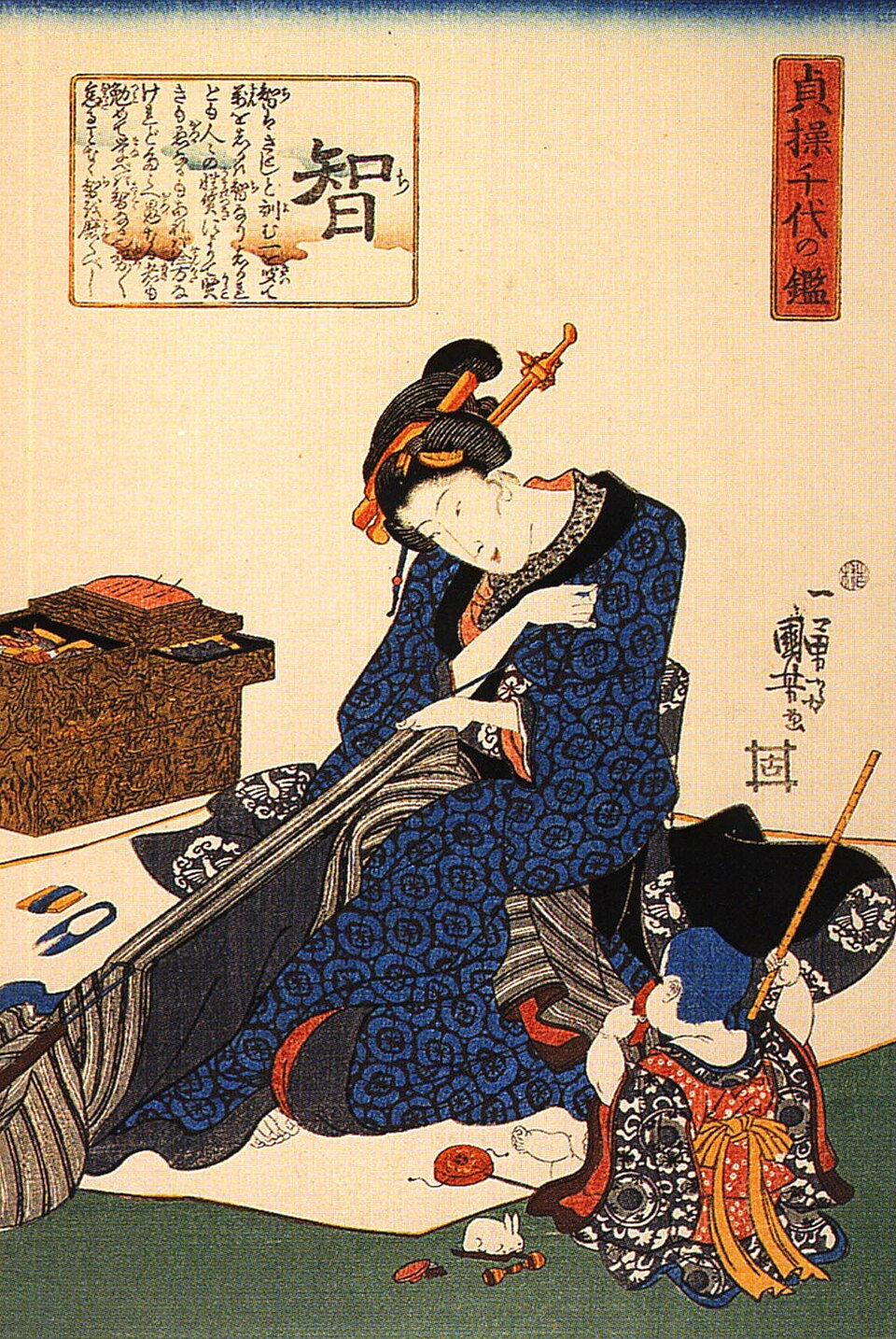
Kimonos have been worn since the Heian era (794-1185), mainly by nobles and ladies-in-waiting, and ordinary people started wearing them in Edo period (1603-1868). Kimonos used by KIMONO KOMONO are more modern (probably 1980's ~), and they are mostly silk Kimonos worn in special occasions. But there are simpler everyday Kimonos made with hemp, cotton, and wool.
There are mainly two types of Kimono fabric. The kind in which threads are first dyed and then woven, and the kind in which white threads are first woven and then pattern is added later. Kimono cleverly utilizes only rectangular pieces of fabric in the width of 35-40cm depending on who it's for. For example, children's are 35-37cm, and men's 37-40cm, women's falling in between.
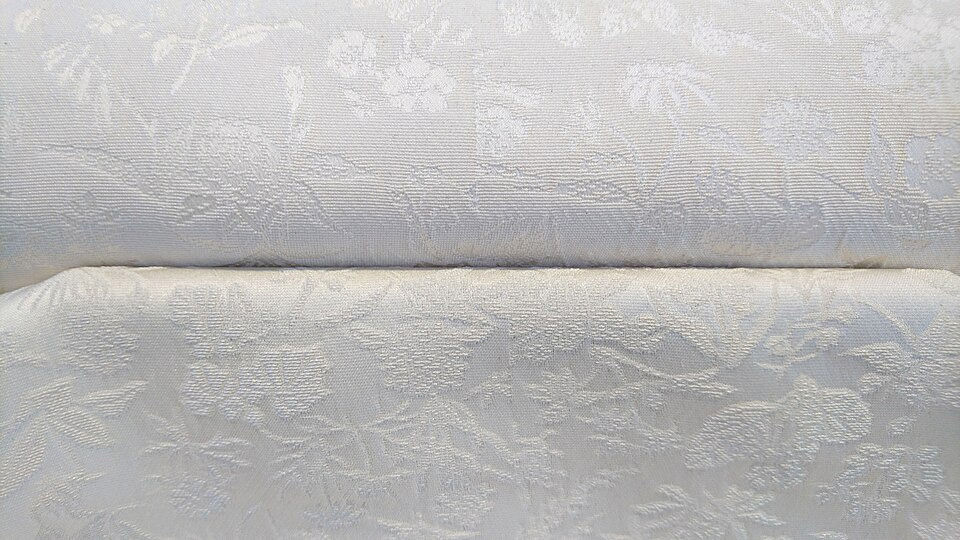
White woven fabric then gets dyed either by hand painting, stenciling, or tie-dyeing. Some designs will then be embroidered on some parts. Some special occasion kimonos are made ready to hang in shops, but for most kimonos for daily wear, the fabric roll "tan mono" are sold in shops.
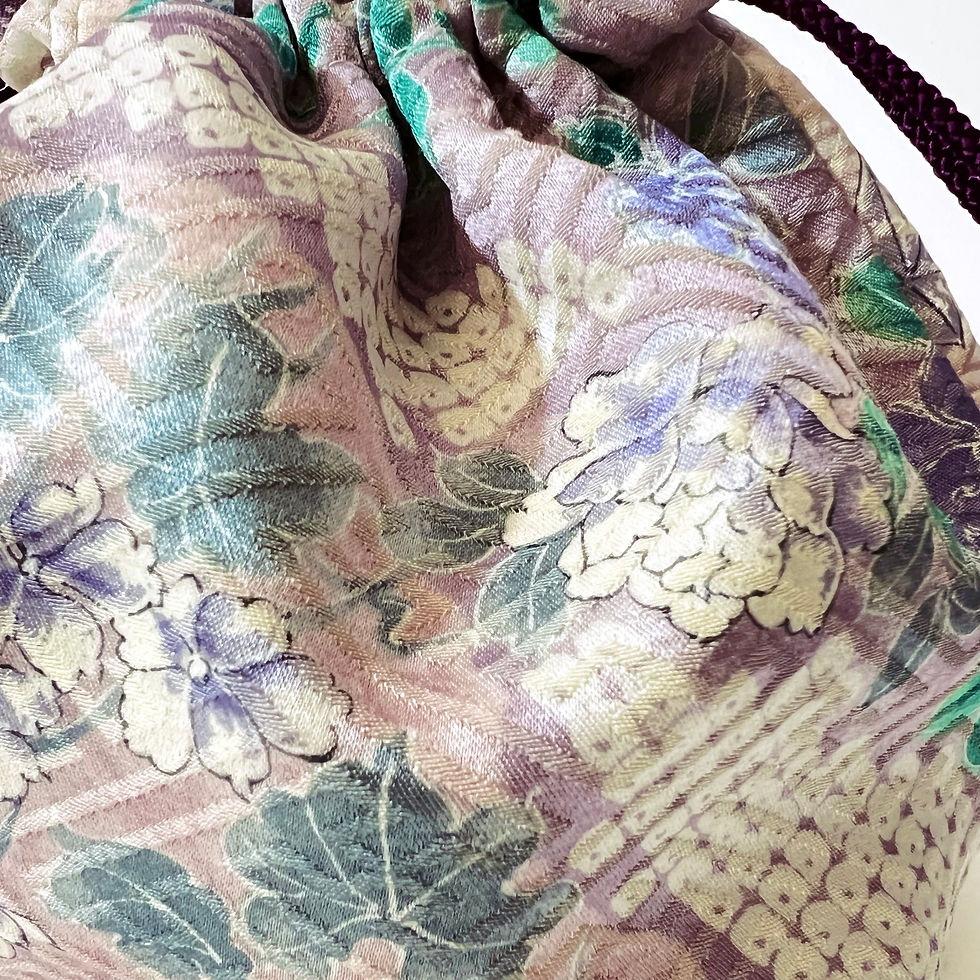

In traditional method, most kimono is hand-sewn with lining. Some modern or mass-produced kimono and yukata (summer kimono made of single layer cotton - used to be worn at bath time) are now machine printed and machine sewn.
These beautiful kimono fabric, after decades, are still very strong and vibrant. After the introduction of Western-style clothing, less and less people wear kimonos, but their beauty can still be enjoyed by many.
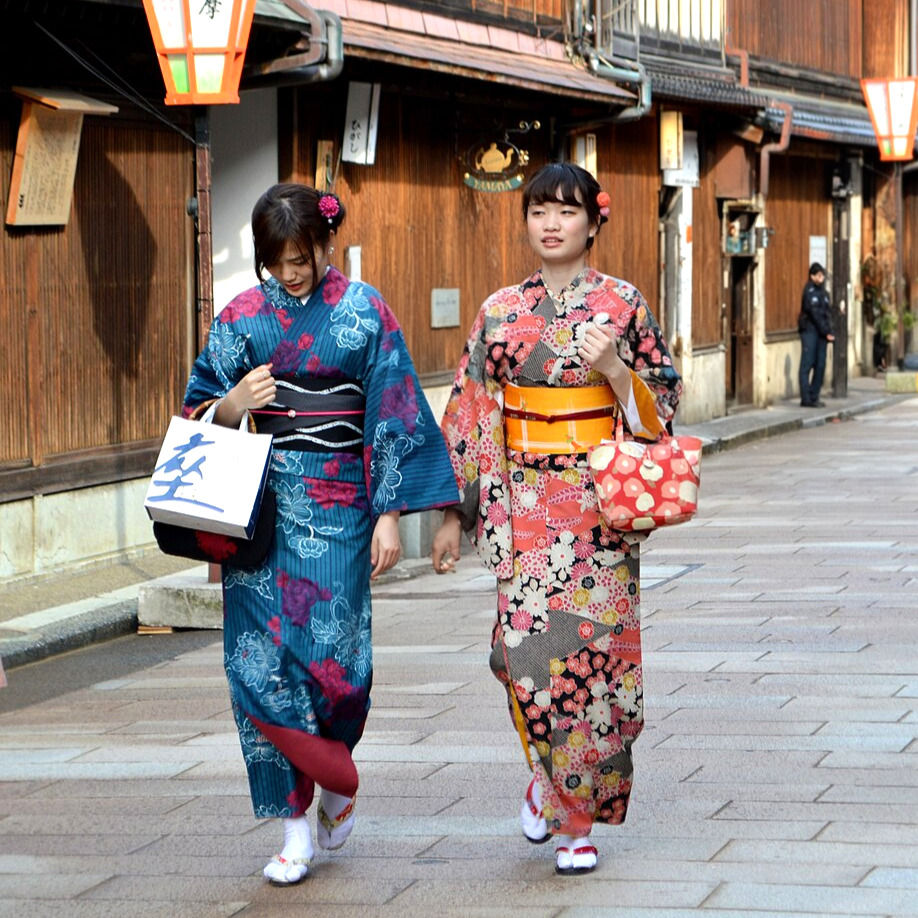




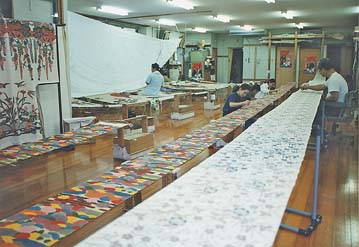
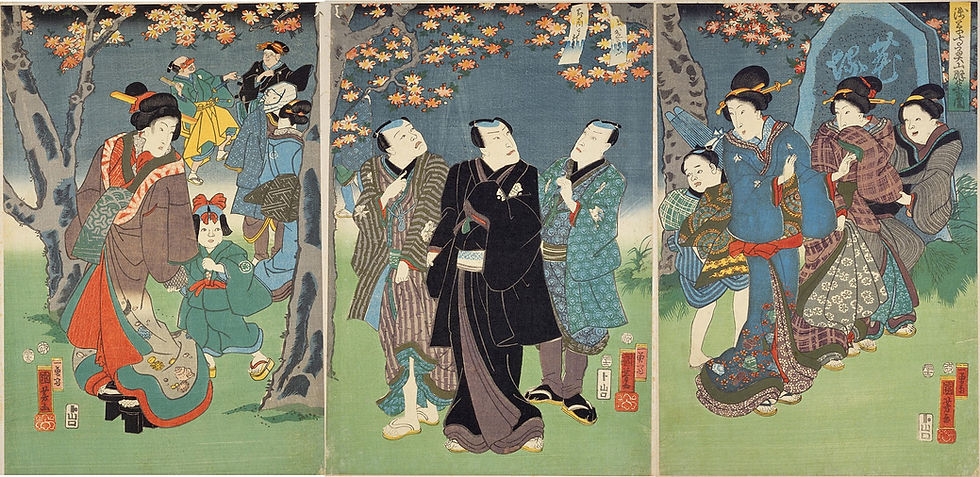
Comments